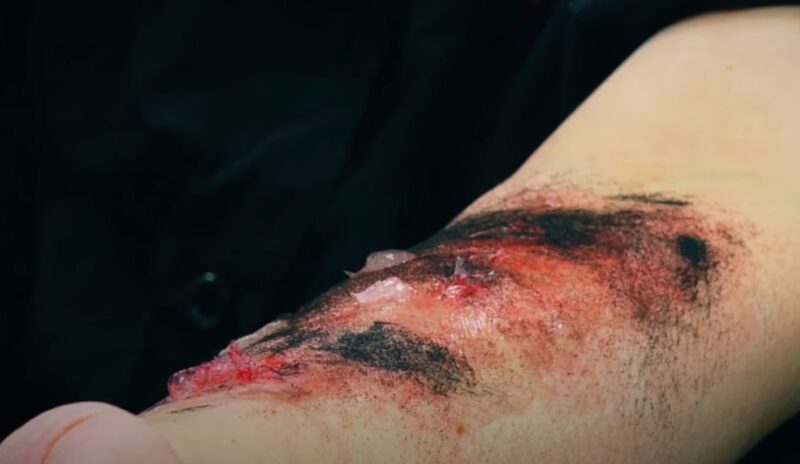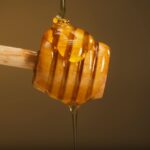1. Not using water long enough
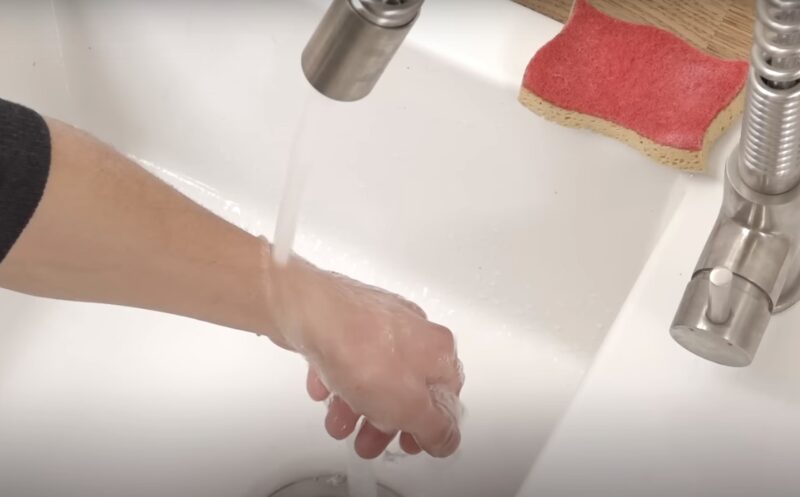
After you get a burn, it is important to run cool water over it. However, many people only tend to do this for a minute or two. If you want the water to help the wound, it is necessary to run it for 10 to 15 minutes. Mayo Clinic also recommends applying a damp, cool towel over the affected area.
2. Popping blisters
Burns tend to blister, but don’t be tempted to pop yours. According to NHS UK Choices, bursting burn blisters on your own can cause an infection. If the blister is causing you a lot of pain, you could ask your doctor to pop it for you.
3. Exposing the burn to the sun
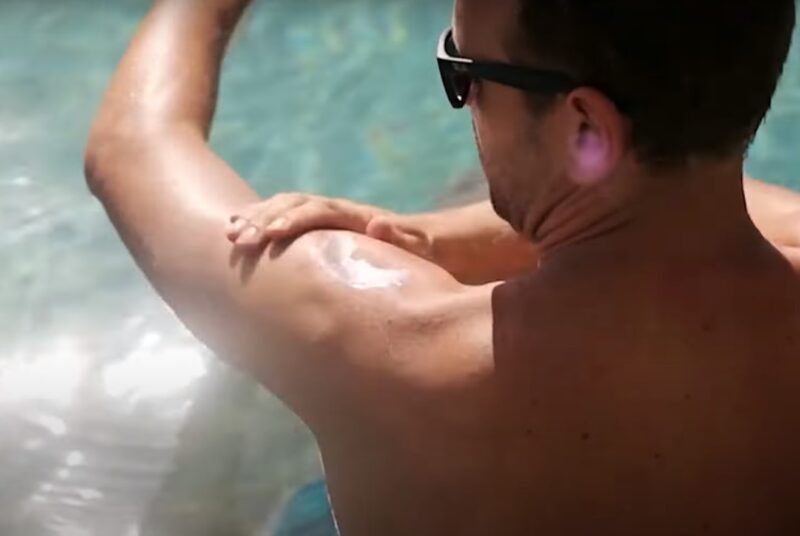
If you expose your burn wound to the sun too soon, it can cause blistering. NHS Choices recommends shielding the burn from the sun for at least the first three years after the injury. If the burn is on your face, put on a wide-brimmed hat before you go outside.
4. Not seeking medical attention for major burns
While some burns are minor and don’t require a doctor’s care, others are a serious matter. If the burn is larger than 3 inches in diameter or covers a major joint, you should seek medical attention right away. Waiting too long can make things worse.
5. Putting butter on the burn

If you have ever been told to put butter on a burn, ignore that advice. According to the University of Rochester Medical Center, putting a greasy substance on a burn will keep the heat in and make the healing process more difficult.
6. Not getting a tetanus shot
If your tetanus vaccination is not up to date, you should get a booster shot at your doctor’s office as soon as possible. Both minor and major burns can lead to tetanus, so it is important to protect yourself from this virus.
7. Ignoring smoke inhalation symptoms
In addition to skin burns, inhalation of smoke during a fire can lead to serious respiratory issues. If you experience symptoms like coughing, difficulty breathing, or chest pain after a burn incident, seek immediate medical attention.
8. Using adhesive bandages directly on the burn
Avoid placing adhesive bandages directly on a burn as they can stick to the injured skin, causing further damage when removed. Instead, use non-stick sterile dressings or gauze pads to cover the burn.
9. Neglecting proper hygiene
Maintaining good hygiene around the burn area is crucial to prevent infection. Clean the burn gently with mild soap and water, pat it dry, and then apply an appropriate burn ointment or cream as recommended by a healthcare professional.
10. Overlooking psychological support
Burn injuries can be emotionally distressing. Don’t underestimate the importance of seeking emotional support or counseling if you or a loved one has suffered a burn injury. Emotional healing is an essential part of the recovery process.
5 Tips for Better Healing

Early Cooling Is Key
Act swiftly and run cool (not cold) water over the burn for 10-15 minutes immediately after the injury to minimize tissue damage and relieve pain.
Keep It Clean and Covered
Practice good hygiene by washing the burn gently with mild soap and water, pat it dry with a clean cloth, and then apply an appropriate sterile dressing to protect against infection.
Choose the Right Dressing

Opt for non-stick sterile dressings or gauze pads to cover the burn, preventing further damage when changing dressings and promoting a conducive healing environment.
Pain Management Matters
Consult with a healthcare professional for pain management strategies, as uncontrolled pain can hinder the healing process. They may recommend over-the-counter pain relievers or prescribe medication.
Monitor for Signs of Infection
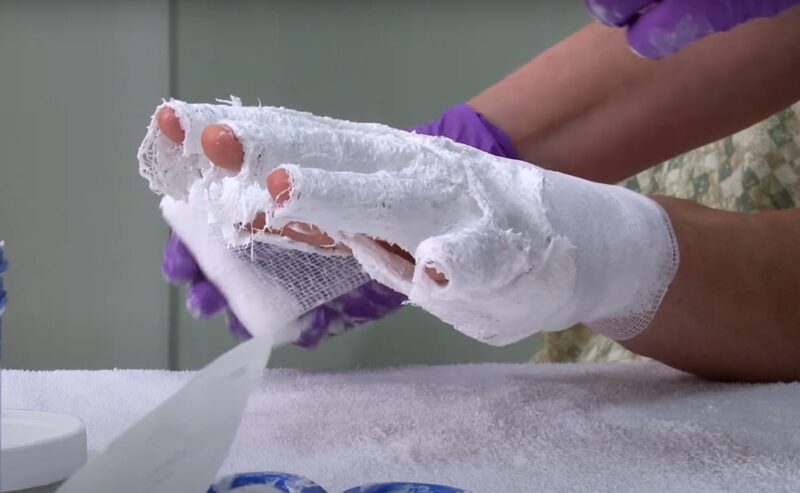
Keep a close eye on the burn site for any signs of infection, such as increased redness, swelling, or discharge. If you suspect an infection, seek medical attention promptly to prevent complications.
FAQ
Can I apply ice to a burn wound?
No, avoid using ice on a burn as it can further damage the skin. Use cool running water instead.
Is it safe to use topical antibiotics on a burn?
It’s best to consult a healthcare professional for appropriate burn ointments or creams. Avoid self-medication.
How long does it take for a burn wound to heal?
The healing time varies based on the burn’s severity. Superficial burns may heal in a few days, while deeper burns may take weeks or months.
Are there specific foods that can aid burn wound healing?
A balanced diet rich in vitamins and protein can support healing, but consult a healthcare provider for personalized dietary advice.
Can I resume regular activities after a burn, such as swimming or exercising?
It’s essential to follow your healthcare provider’s recommendations. Swimming and exercise may be restricted initially to prevent infection or complications.
Final Words
Proper care for burn wounds is crucial to avoid complications and promote optimal healing. Following the right steps and seeking medical attention when needed are essential for a successful recovery.

